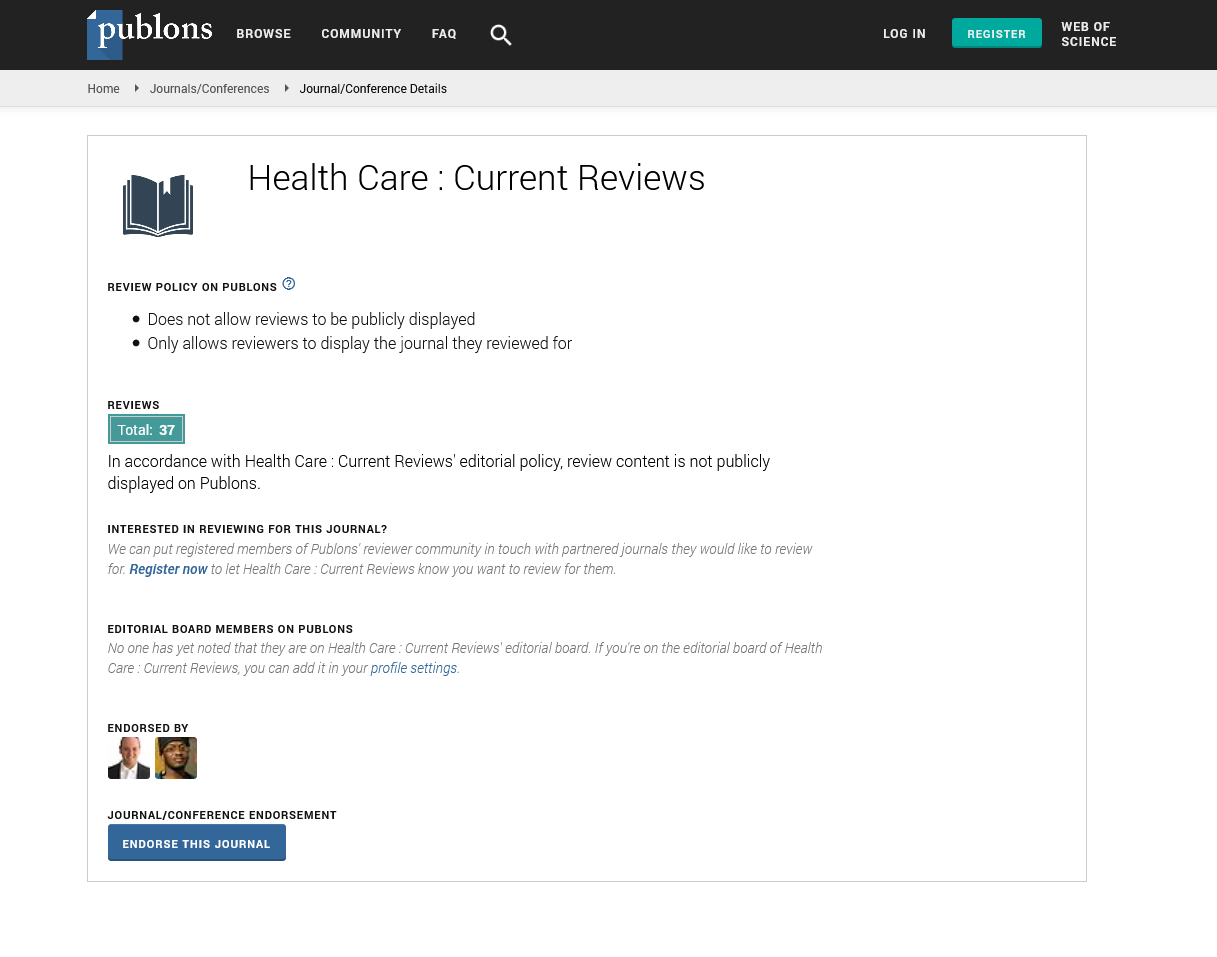Indexed In
- Open J Gate
- Academic Keys
- RefSeek
- Hamdard University
- EBSCO A-Z
- Publons
- Geneva Foundation for Medical Education and Research
- Google Scholar
Useful Links
Share This Page
Journal Flyer

Open Access Journals
- Agri and Aquaculture
- Biochemistry
- Bioinformatics & Systems Biology
- Business & Management
- Chemistry
- Clinical Sciences
- Engineering
- Food & Nutrition
- General Science
- Genetics & Molecular Biology
- Immunology & Microbiology
- Medical Sciences
- Neuroscience & Psychology
- Nursing & Health Care
- Pharmaceutical Sciences
Intraoperative application of chemically defined bio-adhesive sponge to prevent scar formation after trabeculectomy in rabbit eyes
Joint Event on 39th European Ophthalmology Congress 11th World Congress on Health Economics, Health Policy and Healthcare Management
March 18, 2025 Webinar
Mikki Arai1, Yoshifumi Okamoto,2,3, Sujin Hoshi2, Yuki Gen4, Suong-Hyu Hyon4 and Tetsuro Oshika2
1Arai Eye Clinic, Fukuoka, Japan. 2Department of Ophthalmology, University of Tsukuba, Ibaraki, Japan. 3Department of Ophthalmology, Mito Kyodo General Hospital, Ibaraki, Japan. 4BMG Incorporated, Kyoto, Japan.
Posters & Accepted Abstracts: Health Care Curr Re
Abstract:
Introduction: Although trabeculectomy with mitomycin C (MMC) is regarded as the gold standard for glaucoma surgery, many studies reported MMC-related complications such as prolonged wound leaks, hypotony with choroidal effusions and maculopathy, thin avascular blebs, and/or bleb leaks with late infection. Therefore, safer anti-adhesion agents are expected to replace MMC for glaucoma drainage surgery. Objectives: To assess the efficacy of a chemically defined bio-adhesive (CDB) sponge sheet for maintaining conjunctival blebs in rabbits undergoing trabeculectomy. Methods: Trabeculectomy using MMC was performed with a 3×3-mm scleral flap and fornix-based conjunctival incision in 14 rabbit eyes. In 7 of these eyes, CDB sponge sheet was placed under the conjunctiva and scleral flap (CDB group), while the remaining 7 eyes served as the control group (non-CDB group). Slit-lamp examination, intraocular pressure (IOP) measurement, and anterior segment optical coherence tomography (AS-OCT) were performed at day 7, and 1, 2, and 6 months postoperatively. Trypan blue solution was injected into anterior chamber to check communication between anterior chamber and conjunctival bleb in one eye at 21 months postoperatively. Histological evaluation was performed in one eye. Results: Smooth bleb was observed without significant inflammation or adhesion in CDB group over following period of 6 months although non-CDB group showed bleb during first 2 months after operation. The AS-OCT revealed bleb formation over 6 months after surgery in CDB group. Although the postoperative IOP in the CDB group tended to be lower than that in the non-CDB group, the difference was not statistically significant. Histological examination did not reveal excess connective tissue or collagen fibers in CDB group compared with those of non-CDB group. Conjunctival bleb was stained with trypan bleu just after its injection into anterior chamber. Conclusion: The CDB sponge sheet appears to be a potential candidate as an adhesion-preventing material in order to maintain filtration bleb in glaucoma surgery.
Biography :
Dr. Mikki Arai graduated from Hyogo School of Medicine in 1985 and completed a residency in ophthalmology at Kyoto University Hospital the same year. Dr. Arai became Chief of Ophthalmology at Shizuoka City Hospital in 1989 and later served as a Research Fellow at the Schepens Eye Research Institute, Harvard Medical School in 1993. Dr. Arai held academic positions at Miyazaki Medical School (1996) and Harvard Medical School (1999) before being appointed Associate Professor (2000) and Professor (2003) at Kurume School of Medicine. Since 2008, Dr. Arai has been the Director of Arai Eye Clinic, contributing significantly to ophthalmology through clinical practice and research.

